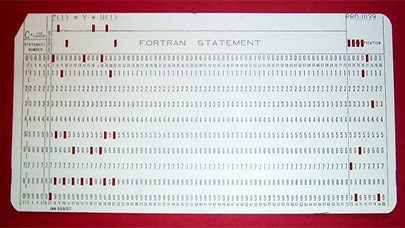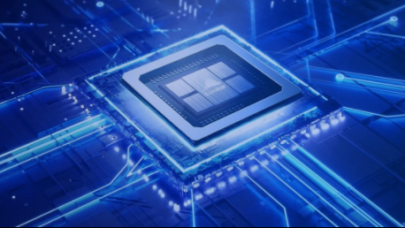
Argentina’s Clementina XXI: Latin America’s Fastest Supercomputer
April 1, 2024
In a joint program between Argentina's Undersecretary of Science and Technology and Minister of Defense, Argentina is home to the most powerful supercomputer in Read more…

China’s HPC Iron Curtain Creating a Top500 Problem
November 21, 2023
At Supercomputing 2023, observers said that the Top500 list of the world's fastest computers needs a shakeup. That is because submissions of benchmarks are d Read more…

Supercomputing 2023: Odds and Ends from the Show
November 20, 2023
This year's fantastic Supercomputing 2023 was back in full form. Attendees seemed to be glad that the show was back in Denver, which was a preferred destination Read more…

Forget Zettascale, Trouble is Brewing in Scaling Exascale Supercomputers
November 14, 2023
In 2021, Intel famously declared its goal to get to zettascale supercomputing by 2027, or scaling today's Exascale computers by 1,000 times. Moving forward t Read more…

EU Grabs Arm for First Exaflops Supercomputer, x86 Misses Out
October 4, 2023
The configuration of Europe's first exascale supercomputer, Jupiter, has been finalized, and it is a win for Nvidia and a disappointment for x86 chip vendors In Read more…

Fortran: Still Compiling After All These Years
September 20, 2023
A recent article appearing in EDN (Electrical Design News) points out that on this day, September 20, 1954, the first Fortran program ran on a mainframe compute Read more…

China’s Quiet Journey into Exascale Computing
September 17, 2023
As reported in the South China Morning Post HPC pioneer Jack Dongarra mentioned the lack of benchmarks from recent HPC systems built by China. “It’s a we Read more…

The Great GPU Squeeze is Upon Us
July 13, 2023
Remember when a GPU was a small fan-less video card with names like Voodoo, Matrox, Nvidia, or ATI? This simple addition gave your PC a new world of responsive Read more…

- Click Here for More Headlines

Whitepaper
Transforming Industrial and Automotive Manufacturing
In this era, expansion in digital infrastructure capacity is inevitable. Parallel to this, climate change consciousness is also rising, making sustainability a mandatory part of the organization’s functioning. As computing workloads such as AI and HPC continue to surge, so does the energy consumption, posing environmental woes. IT departments within organizations have a crucial role in combating this challenge. They can significantly drive sustainable practices by influencing newer technologies and process adoption that aid in mitigating the effects of climate change.
While buying more sustainable IT solutions is an option, partnering with IT solutions providers, such and Lenovo and Intel, who are committed to sustainability and aiding customers in executing sustainability strategies is likely to be more impactful.
Learn how Lenovo and Intel, through their partnership, are strongly positioned to address this need with their innovations driving energy efficiency and environmental stewardship.
Download Now
Sponsored by Lenovo
Whitepaper
How Direct Liquid Cooling Improves Data Center Energy Efficiency
Data centers are experiencing increasing power consumption, space constraints and cooling demands due to the unprecedented computing power required by today’s chips and servers. HVAC cooling systems consume approximately 40% of a data center’s electricity. These systems traditionally use air conditioning, air handling and fans to cool the data center facility and IT equipment, ultimately resulting in high energy consumption and high carbon emissions. Data centers are moving to direct liquid cooled (DLC) systems to improve cooling efficiency thus lowering their PUE, operating expenses (OPEX) and carbon footprint.
This paper describes how CoolIT Systems (CoolIT) meets the need for improved energy efficiency in data centers and includes case studies that show how CoolIT’s DLC solutions improve energy efficiency, increase rack density, lower OPEX, and enable sustainability programs. CoolIT is the global market and innovation leader in scalable DLC solutions for the world’s most demanding computing environments. CoolIT’s end-to-end solutions meet the rising demand in cooling and the rising demand for energy efficiency.
Download Now
Sponsored by CoolIT
Advanced Scale Career Development & Workforce Enhancement Center
Featured Advanced Scale Jobs:
HPCwire Resource Library
HPCwire Product Showcase
© 2024 HPCwire. All Rights Reserved. A Tabor Communications Publication
HPCwire is a registered trademark of Tabor Communications, Inc. Use of this site is governed by our Terms of Use and Privacy Policy.
Reproduction in whole or in part in any form or medium without express written permission of Tabor Communications, Inc. is prohibited.
























